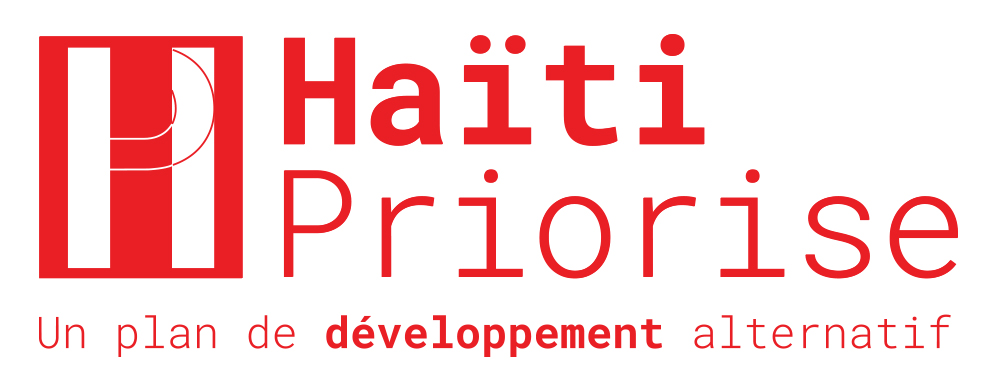Haïti Priorise: Girl's Education, Torchenaud
Description of Problem
Across the country, school attendance is higher for boys than for girls. The gap is larger for rural areas than for urban areas. The gross enrollment ratio for pupils from the richest households (71%) is far higher than that of the poorest households (23%).
There are real costs to allowing high drop-out rates for girls.
Economic costs relate to the loss of productivity in the labor market and the costs incurred for women's health. The social costs include the lower health status of the children of these adolescent girls and a shorter life expectancy at birth, lower abilities of unemployed adolescents, and weaker social empowerment.
Globally, if all girls completed primary school:
- the number of maternal deaths would be reduced by two-thirds, saving 98,000 lives.
- infant mortality would fall by 15%.
- 1.7 million children would escape the stunting of malnutrition.
- the number of early marriages would be reduced by 14%.
If all girls had secondary education:
- infant mortality would halve, saving 3 million lives.
- 12 million children would escape stunting due to malnutrition.
- the number of early marriages would be reduced by two-thirds
Solution
Establish scholarship to keep girls in school
Scholarship or financial assistance programs can increase the enrollment of girls in primary and secondary schools.
An example is the Women's Secondary Education Program in Bangladesh. All rural girls can receive a scholarship if they go to school regularly, get good marks and do not get married. The program not only helps girls stay in school, but also encourages academic success and delays early marriages. It has led to almost two-thirds of girls being enrolled in secondary school, equivalent to the number of boys. Brazil, Kenya and Nicaragua have also achieved promising results with scholarships.
The Haiti Girls’ Scholarship program will start in the academic year 2017-2018 and will take place over a period of 10 years. During this period, the Ministry of National Education and Vocational Training (MENFP) Ministère de l’Education Nationale et de la Formation Professionnelle will pay for tuition, two meals a day, and the supply of teaching materials to a group of rural girls admitted in secondary 1 until the end of their traditional studies – a period of 4 years.
At the end of the school year, beneficiaries who have not obtained an overall average of 50.5 out of 100, who have been absent more than 20% of the academic year will be disqualified for the scholarship. About 15 percent of recipients would have stayed in school anyway, and around one in ten will drop out.
Summary Table of the BCR
| Solution | Benefit (Gourdes) | Cost (Gourdes) | Benefit for every gourde spent |
|---|---|---|---|
| Scholarship to improve girls’ school retention | 7,758,674,639 | 1,770,324,820 | 4.4 |
Benefits, Costs, and BCRs
Benefits
For each girl, the wage increase from each additional year of schooling will add up to 262,000 Gourdes across her lifetime. As the girl gets one year more education, the risk of her children dying early declines by almost 10%. This is worth an extra 61,000 Gourdes. More benefits will accrue because more education will decrease the risk of HIV infection, teen pregnancy and maternal mortality rates. It will also improve the nutrition in the next generation of children.
Adding up all such health and economic benefits, the total benefit Haitian society from giving one girl an extra year of schooling is 346,671 Gourdes.
Costs
Direct costs include the cost of the scholarship amount and the cost of managing the scholarship fund. Indirect costs are associated with the opportunity cost of time, lost income, the cost of conducting a survey to identify beneficiaries, and the cost of extending the program across the country.
The total cost per year runs to 67,236 gourdes per student. The total cost to reach 6,583 girls over 4 years would be 7,758,674,639 Gourdes.

